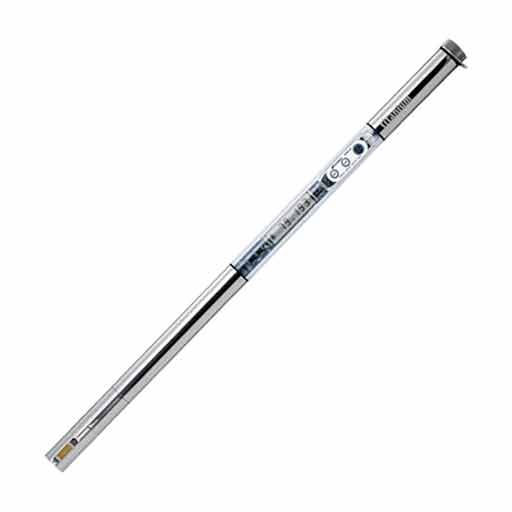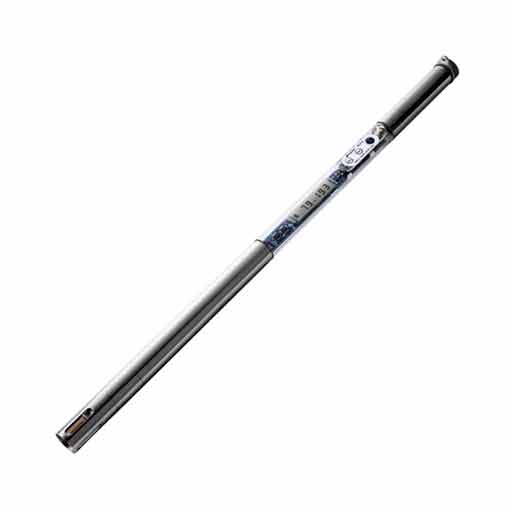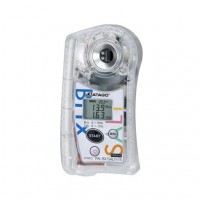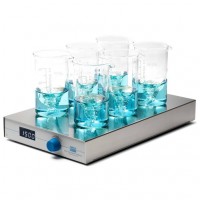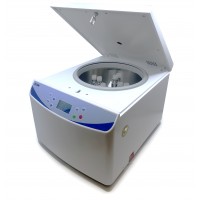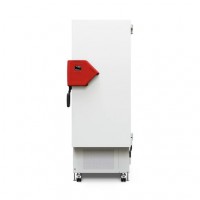Frying Oil Monitor
- Atago - DOM-24
- To maximize the lifespan of oil
Fast response from our specialists
Why buy from Geneq? - find out more
Do you have a question?
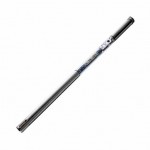
Model : DOM-24
- DOM-24
- Dimensions & Weight: 22(Φ)×490(W)mm、400g(main unit only)

Model : DOM-24 Ti
- DOM-24 Ti
- Dimensions & Weight: 22(Φ)×490(W)mm、291g(main unit only)
Quantitative,Reliable Management of Deteriorated Oil. IoT Supported With NFC* Technology.
― Is your oil still fresh? ―
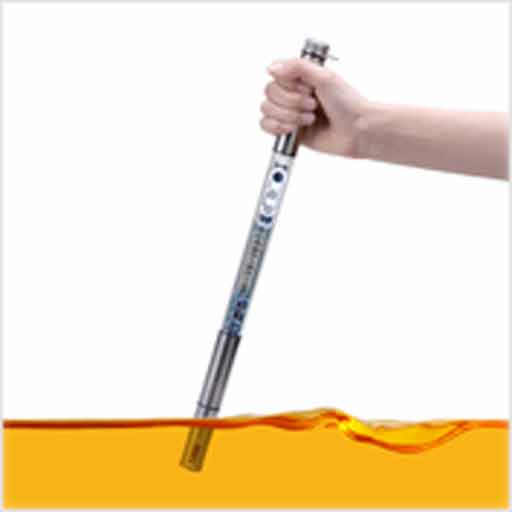 Hassle-free and easy to use
Hassle-free and easy to use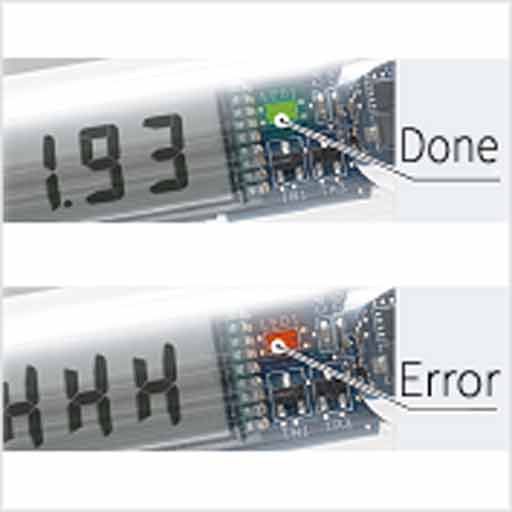 User-friendly
User-friendly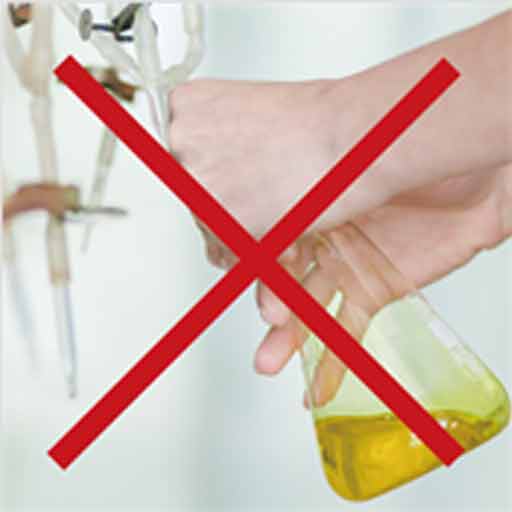 No more wasting supplies or disposing of refuse
No more wasting supplies or disposing of refuse Stable measurement value even at high temperature
Stable measurement value even at high temperatureLightweight, Compact, Shock Resistant Body
Aiming for a lightweight and easy-to-use product, the exterior material uses stainless-steel and polycarbonate. The body is compact with a length of 490mm and a weight of 400g. The durability and shock-resistance prevents the DOM-24 from breaking or shattering, making it safe to use in facilities where food products are produced and handled.Safe, Reliable, and Hygienic
Many people feel uneasy about using potentially dangerous reagents in facilities where food products are produced. The DOM-24 are safe and hygienic which does not utilize any reagents, eliminating the risk of contaminating your food products. The DOM-24 can be completely washed under running water, allowing for thorough hygienic maintenance.
With secured distance from the oil to the hand, safety is well considered preventing from burn injuries.
Measurement history (up to 100 items) can be read by touching a contactless IC card reader / writer connected to a smartphone or a personal computer.
* The N-Mark is a trademark or registered trademark of NFC Forum, Inc. in the United States and in other countries.
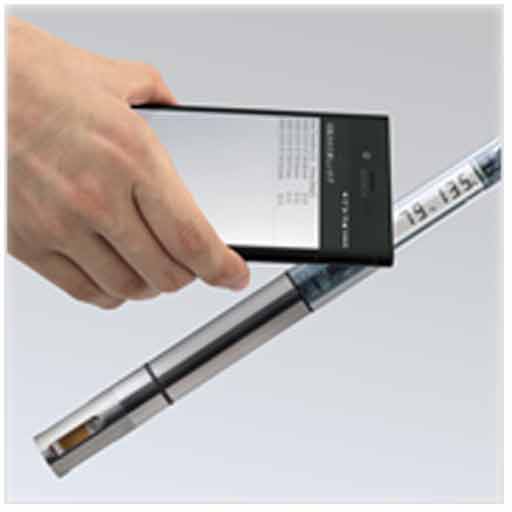 NFC
NFC
The DOM-24 is the only oil checker that can be used with IH heaters by attaching the sensor cover.
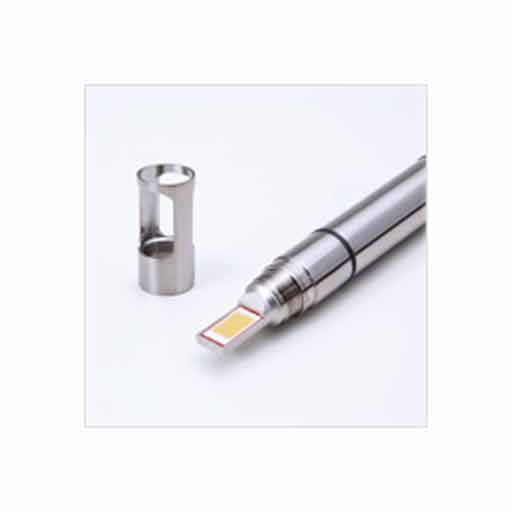 IH Heater compatible (patented)
IH Heater compatible (patented)
Identifying Oxidized Cooking Oil
Determining oil oxidation at home can be done by color or smell, but in professional kitchens and production sites, the methods below are used.
① Total Polar Materials (TPM)
A method used to determine the degradation of frying oil. Total Polar Materials (TPM) refers to all products present in frying oil due to oxidation processes, including free fatty acids, products of low molecular weight decomposition, and polymerized substances. The EU has adopted a value of 25 to 27% as their acceptable upper limit for fats and oils.
② Acid Value (AV)
Acid Value or AV is an index that denotes the amount of free fatty acids caused by hydrolysis. Acid value is a suitable method for evaluating the degree of oxidation for frying oils. Many AV test strips, which can be easily measure the value, are used at food production sites.
③ Carbonyl Value (CV)
It is a measurement denoting the amount of aldehyde and ketone produced in frying oils to determine degradation. Carbonyl compounds can be a good indicator of thermal oxidation. In addition, as the threshold is small, it will impact the smell of fats and oils greatly.
④ Peroxide Value (POV)
Peroxide is generated when oil is exposed to air, causing the unsaturated fatty acids to absorb oxygen. Peroxide value can also be used to measure hydroperoxide but for frying oil the indicator is by decomposition or polymerization.
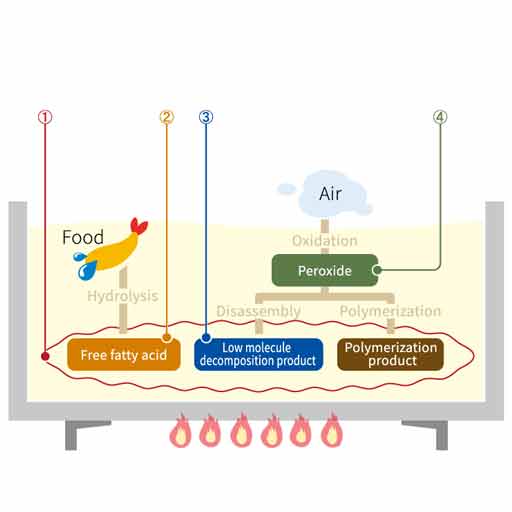
Oil Quality Standards
| Instant noodles | The acid value of fats and oils contained in noodles should not exceed 3 or the peroxide value should not exceed 30. | Standards for Foods, Food Additives | |
| In fats and oils of noodles dried by oil treatment should be 1.5 or less. The acid value of fats and oils used for oil processing of noodles should be 1.5 or less. | Japanese Agricultural Standard | ||
| Confectionery processed with fats and oils (containing 10% or more of fats and oils) | Selling products that conform to the following (a) and (b). (a) For confectionery products, the acid value of fats and oils contained in their products should not exceed 3, and, the peroxide value should not exceed 30. (b) The confectionery should not exceed an acid value of 5 or more in the fats and oils contained in the product or, the peroxide value should not exceed 50. | Confectionery Guidelines | |
| Bento box and side dish | As raw materials: Use those with an acid value of 1 or less (but excluding sesame oil) and a peroxide value of 10 or less. Frying with fats and oils: If the acid value exceeds 2.5, replace with fresh fats and oils. | Health Code for Lunch Box and Side Dish | |
| Western-style confectionery | (1) Component specification of raw materials: acid value 3 or less, peroxide value 30 or less (2) Products shall conform to the following standards ① The acid value of fats and oils contained in the product does not exceed 3. ② The peroxide value of fats and oils contained in the product does not exceed 30. | Healthy Norms of European-style Confectionery | |
| Edible vegetable oils and fats | Oil with low degree of purification | Acid value of 0.20 to 4.0 or less. (Cottonseed, sesame, rapeseed, peanut, olive, palm olein, palm stearin, mixture, flavor oil) | Japanese Agricultural Standard |
| Refined oil | Acid value of 0.20 or less (Olive oil has an acid value of 0.60 or less) | ||
| Salad oil | Having an acid value of 0.15 or less (the one prepared with olive oil has an acid value of 0.40 or less) | ||
Function and design
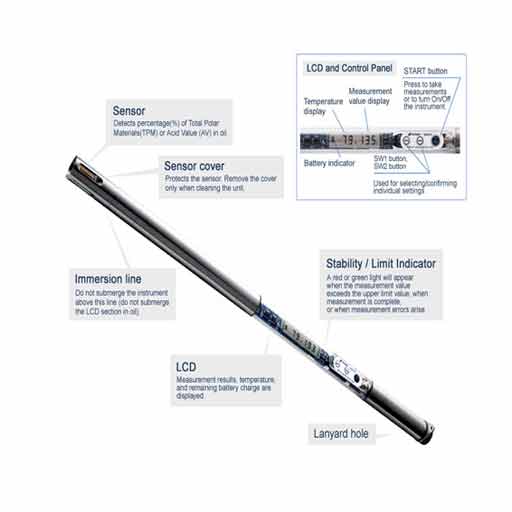
DOM-24 Acid Value(AV) Scale model is also available!
Total polar materials (TPM) % is mainly used in Europe as an indicator of cooking oil degradation. TPM is a value that expresses the amount of degraded substances (excluding non-polar materials),such as decomposed substances and polymers, calculated primarily from oils and fats (triglycerides).① In addition to TPM, acid value (AV) is also an indicator used to express cooking oil quality and freshness. It is primarily used in other countries such as Japan and America. AV is a value that expresses the proportionate amount of free fatty acids within oil. ②Values will vary depending on the region and sample.
The DOM-24 is capable of switching between both TPM and AV values for measurement. Please use the scale most suitable to your application.
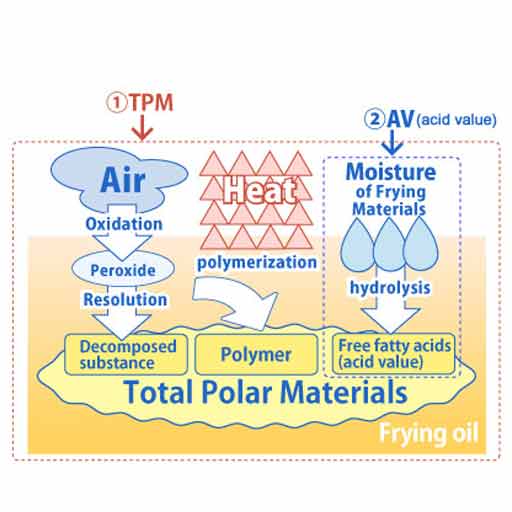
Introducing a frying oil monitor that can be used to periodically check and monitor the quality of oil.This instrument is capable of measuring both TPM (Total Polar Materials),a standard used in Europe as an indicator of the overall quality of frying oil, as well as AV (Acid Value),which indicates changes in cooking oil properties.
Specifications
| Model | DOM-24 |
|---|---|
| Cat.No. | 9341 |
| Range | Total Polar Materials(TPM): 0.5 to 40.0% Acid Value(AV): 0.00 to 9.99 Temperature : 0 to 225℃ / 32 to 437°F |
| Resolution | Total Polar Materials(TPM) : 0.5% Acid Value(AV) : 0.01 Temperature : 1℃ / 1°F |
| Accuracy | Total Polar Materials(TPM) : ±2.0% (20 to 200℃ / 68 to 392°F) Acid Value(AV) : ±0.2 Temperature : ±1℃ / ±2°F |
| Temperature compensation | 0 to 225℃ / 32 to 437°F (Accuracy guaranteed from 20 to 200℃ / 68 to 392°F) |
| Power Supply | Size AAA alkaline battery × 2 |
| International Protection Class | IP67 |
| Dimensions & Weight | 22(Φ)×490(W)mm、400g(main unit only) |
Specifications
| Model | DOM-24 Ti |
|---|---|
| Cat.No. | 9344 |
| Range | Total Polar Materials(TPM): 0.5 to 40.0% Acid Value(AV): 0.00 to 9.99 Temperature : 0 to 225℃ / 32 to 437°F |
| Resolution | Total Polar Materials(TPM) : 0.5% Acid Value(AV) : 0.01 Temperature : 1℃ / 1°F |
| Accuracy | Total Polar Materials(TPM) : ±2.0% (20 to 200℃ / 68 to 392°F) Acid Value(AV) : ±0.2 Temperature : ±1℃ / ±2°F |
| Temperature compensation | 0 to 225℃ / 32 to 437°F (Accuracy guaranteed from 20 to 200℃ / 68 to 392°F) |
| Power Supply | Size AAA alkaline battery × 2 |
| International Protection Class | IP67 |
| Dimensions & Weight | 22(Φ)×490(W)mm、291g(main unit only) |
